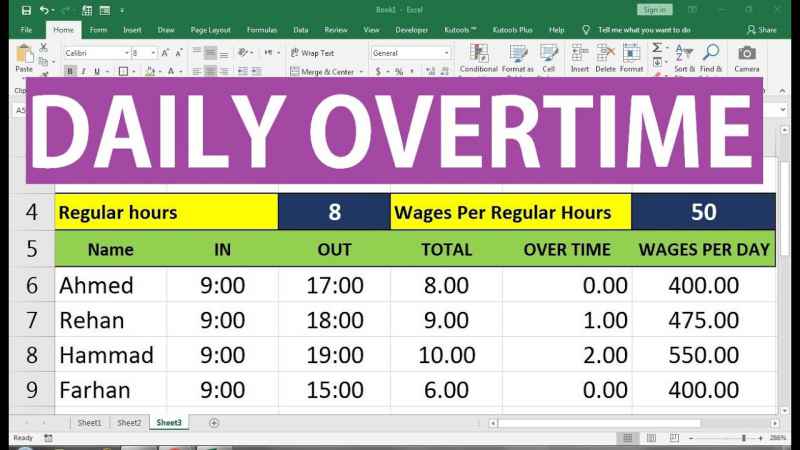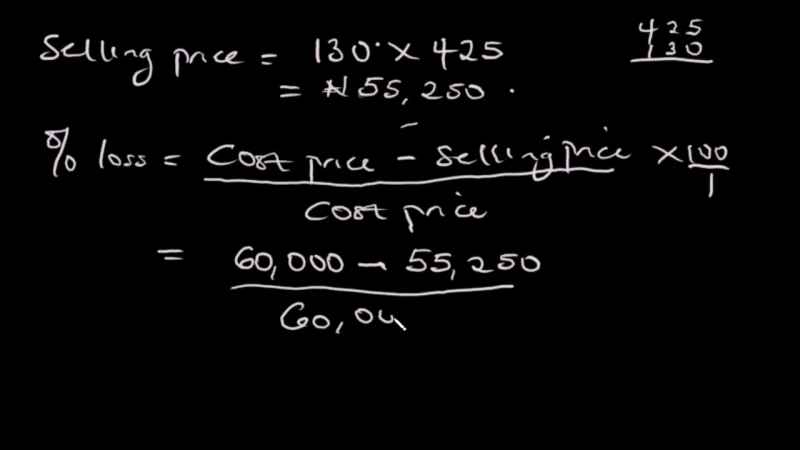How To Calculate Overtime Percentage Rates for Shift Differentials
Almost every company around the world uses overtime percentage to measure the overall ratio between the total number of hours which their employees work overtime and the total number of regular hours.
If you are a person who doesn’t know How To Calculate Overtime Percentage, then with the help of this article we will guide you in detail. Moreover, overtime percentage is useful in those areas where you can easily evaluate your productivity and also how much time you total spend outside the normal routine working schedule to complete your work.
So, we will discuss in detail what is overtime and how you can easily calculate overtime percentage with some best examples you can refer to. Let’s jump into further details!

What is Overtime?
Overtime refers to the total amount of hours that employees give to complete their full-time work, which is outside their routine scheduled hours. Also, the overtime hours can depend on the jurisdiction of employment, employer, and other labor policies. For instance, in most cases, a 40-hour work routine is a standard working schedule and when an employee gives any hour beyond the 40 hours it will become overtime hours.
What are the different types of Overtime?
There are five total types of overtime, which are as follows:
1. Voluntary Overtime:
This type of overtime may offer the employee voluntary overtime, in which employees are completely free to accept or decline without any penalty to their regular working hours or their pay.
2. Non-Guaranteed Overtime:
This type of overtime will not give any type of guarantee to their employees from the company, but it may expect them to work whenever the overtime work is available.
3. Tipped Overtime:
This overtime applies to employee-specific wages in a week. The procedure of tipped overtime may depend on the minimum wage of the employee.
4. Eight and 80 Overtime:
This type of overtime applies to specific employees, such as the medical professionals, where employers calculate the total overtime percentage for the employees who works more than eight hours each day.
5. Time off lieu of overtime (TOIL):
TOIL is the type of overtime in which employers offer their employees the best opportunity to take time off instead of paying them for their extra hours of work or overtime.
What is the formula for overtime percentage?
Overtime hours or time indicates the employee’s working time is outside the regular working hours to complete their projects. Moreover, you can calculate the overtime percentage for both the entire organization and for individual employees.
Formula:
Overtime % = (Total Overtime Hours) ÷ ( Total Regular Hours) x 100

How to easily get the overtime percentage?
1. Firstly, you need to add up your total number of working hours which you additionally works other than regular hours.
2. Secondly, divide the total hours of overtime by the total hours of regular working.
3. Then you need to multiply the results by 100.
Example:
The total number of regular working hours is 80 during a bi-weekly pay period,
l Overtime % = (6) ÷ (80) x 100
l = (0.075) x 100, which is equal to 7.5%
It means the total overtime percentage is 7.5%.
Frequently Asked Questions
1. How to calculate the overtime percentage?
Answer. With the given formula, you can calculate the overtime percentage of any of your employee:
Overtime % = (Total Overtime Hours) ÷ ( Total Regular Hours) x 100
2. What are the types of overtime percentages?
Answer. There is a total of five types of overtime percentages, which are as follows:
- Voluntary Overtime
- Non-Guaranteed Overtime
- Tipped Overtime
- Eight and 80 Overtime
- Time off lieu of overtime (TOIL)




Leave A Comment